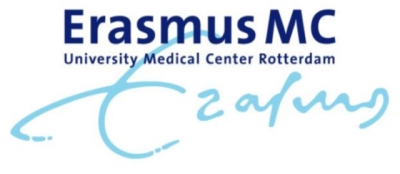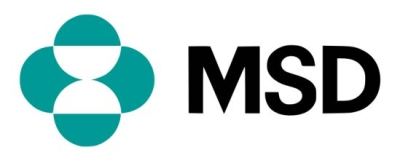The effects of muscle paralysis on the laparoscopic workspace needed for minimally invasive surgery
During laparoscopic surgeries, medication to induce muscle-paralysis (neuro-muscular blockade, NMB) is routinely used to aid the surgeon in obtaining the best surgical workspace. With the use of deep NMB, reversal of the paralysis with medication is needed. This medication for reversal is patented and produced by Merck & Co., the industrial partner in this project.
Annually, over 13 million laparoscopic procedures are performed worldwide and this will continue to grow. The practice of deep NMB significantly increases the costs. The perceived benefits on surgical conditions have only been shown with indirect indicators, not by direct measurements of workspace volume and cardiorespiratory parameters. Pigs are most often chosen as a model for human laparoscopy, Therefore this project used a porcine model in combination with CT scanning and extensive invasive and non-invasive monitoring to better understand abdominal wall mechanics and to investigate the effect of regular versus deep NMB on surgical workspace and all cardiorespiratory parameters.
This is the first study to quantify the effect of NMB on the size of the laparoscopic workspace. This project found no increase in laparoscopic workspace dimensions with the use of NMB (regular or deep). No alleviation of the pressures needed for mechanical ventilation was found. These findings provide important new input into the debate on the use of neuromuscular blockade to enhance laparoscopic workspace conditions and make the standard use of deep NMB (over regular NMB) and the associated additional costs questionable. Additionally, valuable insights into the mechanical behaviour of the abdominal wall were gained, leading to a further improvement of existing biomechanical models. To eliminate the effects of varying blood CO2 levels, a fully automated system for regulating mechanical ventilation was developed and implemented.
More information can be found on https://amazingerasmusmc.nl/chirurgie/weg-met-de-veredelde-fietspomp-op-de-operatiekamer/ and https://amazingerasmusmc.nl/chirurgie/dit-apparaat-verbetert-kijkoperatie-voor-patient-en-arts/


